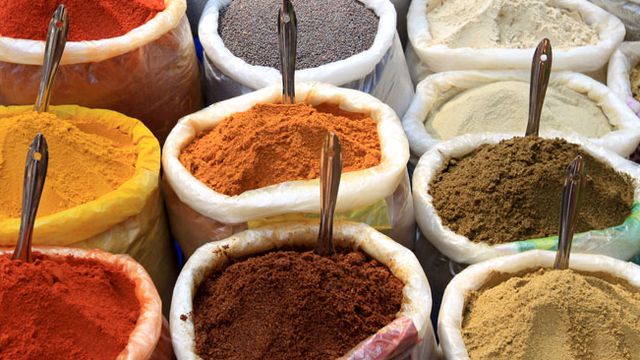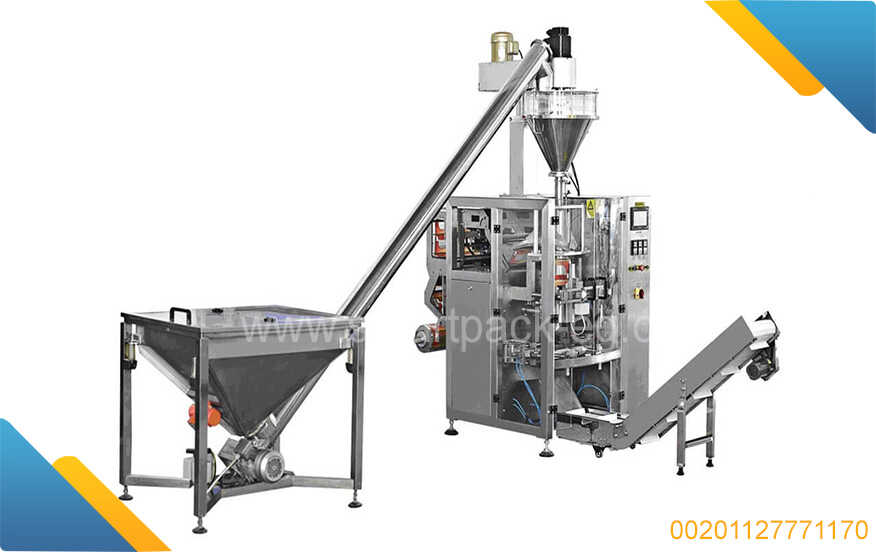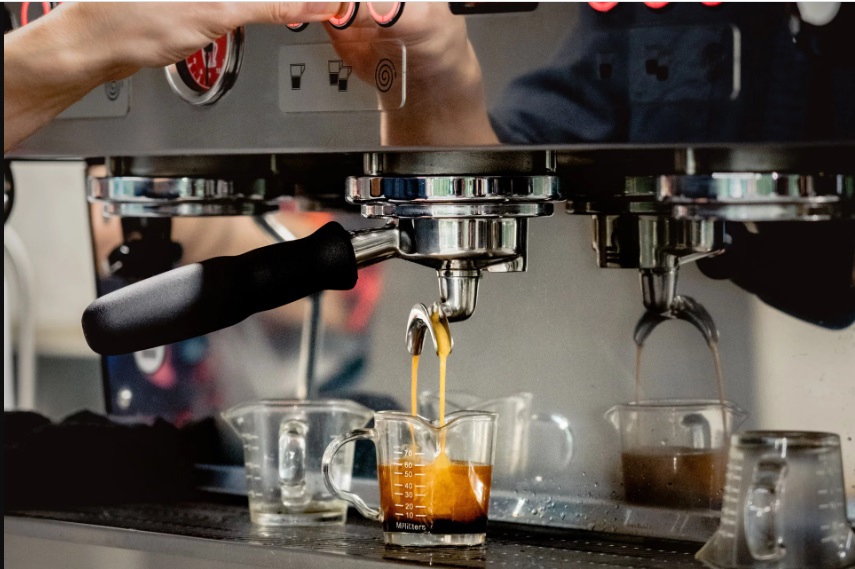How To Guide: Spice Packaging Project in Egypt
Introduction:
Packaging plays a crucial role in the success of a product, and the spice industry is no exception. If you're planning to start a spice packaging project in Egypt, this guide will provide you with a step-by-step approach to help you get started and ensure a smooth and efficient process.
Step 1: Research and Planning
1.1 Conduct market research: Understand the demand and competition in the spice market in Egypt. Identify the target audience, their preferences, and packaging trends.
1.2 Define your product range: Determine the types of spices you plan to package, whether it's whole spices, ground spices, or blends. This will help you determine the packaging requirements.
Step 2: Regulatory Compliance
2.1 Familiarize yourself with regulations: Understand the packaging regulations and compliance standards specific to the spice industry in Egypt. Ensure compliance with labeling, health, and safety requirements.
2.2 Obtain necessary licenses: Consult relevant regulatory authorities to obtain the required licenses for operating a spice packaging project.
Step 3: Packaging Design and Material Selection
3.1 Brand identity development: Create an appealing brand identity that resonates with your target market. Develop a brand logo, color scheme, and design that reflects your product's quality and uniqueness.
3.2 Packaging material selection: Choose packaging materials that are food-grade, safe, and suitable for spices. Consider options like metal cans, glass jars, or high-quality pouches with barrier properties to maintain freshness.
Step 4: Equipment and Machinery
4.1 Identify required equipment: Determine the machinery and tools needed for your spice packaging project. This may include sealers, filling machines, labeling machines, and conveyor systems.
4.2 Source reliable suppliers: Research reputable suppliers of packaging equipment and machinery in Egypt. Ensure they offer reliable after-sales support and maintenance services.
Step 5: Establishing an Operational Facility
5.1 Location and space requirements: Choose a suitable location for your packaging facility with easy access to transportation and storage facilities. Consider the required space for production, storage, office, and packaging design.
5.2 Set up a hygienic environment: Install proper ventilation systems, pest control measures, and necessary cleanliness protocols to maintain a hygienic packaging environment.
Step 6: Hiring and Training Staff
6.1 Determine the workforce: Assess your staffing needs based on the scale of your spice packaging project. Hire qualified personnel for production, quality control, packaging, and administrative roles.
6.2 Provide training programs: Develop training programs to ensure all staff members are familiar with product handling, machinery operation, hygiene protocols, and safety measures.
Step 7: Quality Control and Testing
7.1 Establish quality control protocols: Implement stringent quality control processes to ensure consistent product quality and safety. This includes visual inspection, batch testing, and adherence to relevant standards.
7.2 Create a traceability system: Implement a tracking system to monitor raw material sources, batch numbers, and manufacturing dates to ensure full traceability of your products.
Step 8: Marketing and Distribution
8.1 Develop a marketing strategy: Define your target market, pricing strategy, and sales channels. Leverage online platforms, social media, and traditional marketing methods to promote your products.
8.2 Establish distribution channels: Identify wholesalers, retailers, and online marketplaces to distribute your packaged spices. Consider developing partnerships with local grocery stores and supermarkets.
Conclusion:
Starting a spice packaging project in Egypt can be a rewarding venture if planned and executed properly. By following this step-by-step guide and staying compliant with regulations, you can establish a successful spice packaging business that meets the demands of the market while providing high-quality products to consumers.



 Admin
Admin 






